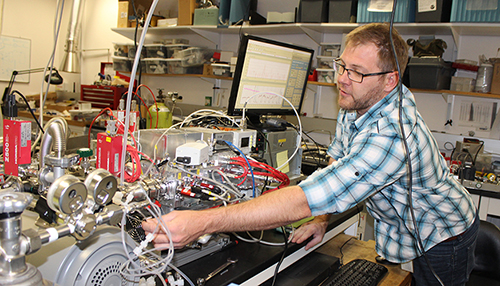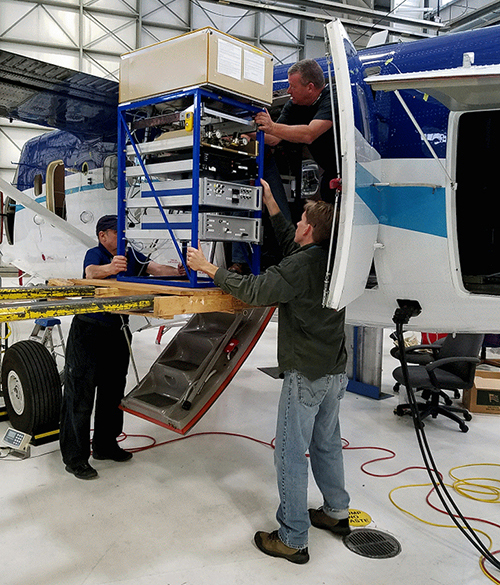A .gov website belongs to an official government organization in the United States.
A lock () or https:// means you've safely connected to the .gov website. Share sensitive information only on official, secure websites.

At the heart of the effort is the data set collected in the summer of 2019. To achieve the science goals of FIREX-AQ, an advanced and diverse set of instruments deploy on many platforms distributed across the west, the south east, and in orbit. From state-of-the-art satellites that only came online months before the measurement (GOES-WEST), to suites of instrument providing unparalleled coverage of fire-relevant parameters, and new foci on measurements approaches (e.g. at night), FIREX-AQ builds a library of information to be mined for discoveries relevant to firefighters, communities, and the nation as a whole.
FIREX-AQ debuts unique new instruments, but also pioneers, for such an extensive campaign, a science focus narrowly targeted on fire. It provides intertwined information from multiple aircraft and ground-based stations as well as from multiple satellites, that will all bear specifically on fire-science issues of relevance to the nation. Data is obtained on an enormous set of parameters relevant to smoke sources, transport, evolution, and impact on health, weather, and climate. For example, atmospheric composition (including determinations of the concentrations and types of gas and aerosol materials), atmospheric parameters (temperature, pressure, etc), aerosol properties (optics, absorption, angular dependence for reflecting light, morphology), light properties (light flux available to drive chemical reactions), fire properties (fire radiative power, area), fuel properties (fuel loadings), and cloud properties are all measured.

Specific instruments organized by aircraft, ground-based unit, or satellite: